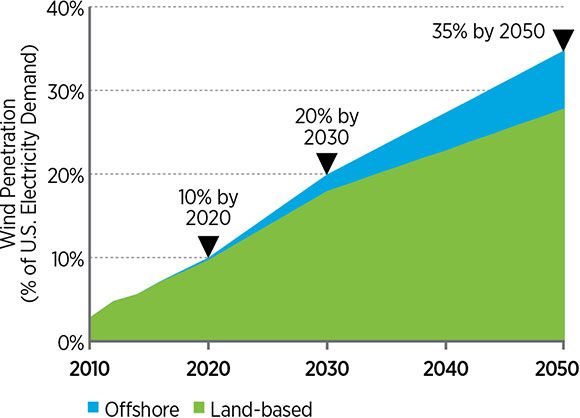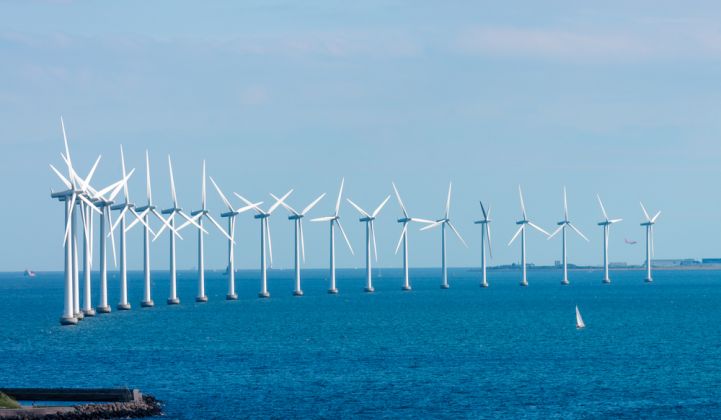The bells are tolling for the Danish oil and gas industry, and they sound like Dong.
Denmark's largest power producer, Dong Energy, agreed to sell its complete upstream oil and gas interests to global petrochemical manufacturer Ineos for $1.05 billion plus contingent payments, concluding an effort announced in October.
This marks an existential reversal for Dong, whose very appellation is an acronym for "Danish Oil and Natural Gas." The Danish state created the company in 1972 to extract fuels from the North Sea. A few decades down the road, Dong moved into electricity production, and renewable generation in particular. Meanwhile, oil and gas drilling in the North Sea became relatively expensive due to the basin's maturity.
“The transaction completes the transformation of Dong Energy into a leading pure-play renewables company,” CEO Henrik Poulsen said in a statement this week.
The sale still awaits regulatory approval, but is expected to close in Q3 of this year. It would include the transfer of 440 of Dong's 6,500 employees to Ineos.
Dong leads the offshore wind industry, having constructed a quarter of global built capacity, according to The Financial Times. With the backing of the Danish government, Dong was able to take the risks needed to spearhead the offshore market.
The FT describes a deal in 2009 where Dong bought 500 wind turbines from Siemens, even though it didn't yet have projects to make use of them all. The move prompted one employee at the time to think, “You can’t afford this. This is crazy!”
That purchase, though, expanded Siemens' product pipeline and helped accelerate development of bigger, more efficient turbines, which in turn brought down prices for wind generation.
That trailblazing in the North Sea has helped establish a more sophisticated offshore wind industry in Europe, which now has its eyes set on the U.S. as offshore development there gathers momentum.
The U.S. saw its first offshore wind installation last year off Block Island, Rhode Island, which, at 30 megawatts, pales in comparison to North Sea projects. New York has plans for 2.4 gigawatts by 2030 and Massachusetts is preparing for its first offshore wind procurement in June. For a company going all in on renewables, the U.S. offers a potential bounty.
FIGURE: Department of Energy Wind Penetration Projections, 2010-2050

Source: U.S. Department of Energy, Wind Vision
On the other end of the bargain, Ineos seems to be happy about expanding its footprint in upstream oil and gas. The deal solidifies the company's position as a top 10 extractor in the North Sea; Dong produced 100,000 barrels of oil equivalent per day last year.
"We are pleased to acquire this competitive, well-run business, with its highly successful and experienced team, a strong portfolio of long-life assets, and a very good mix of existing production and developments across the North Sea,” Ineos chairman Jim Ratcliffe said in a statement. "We are keen on further growth and already see lots of opportunity within this impressive portfolio when it transfers to Ineos.”
Big oil players Royal Dutch Shell, Statoil and Eni SpA also see lots of opportunity in the North Sea, but not only in oil -- also in the multibillion-dollar offshore wind industry.



